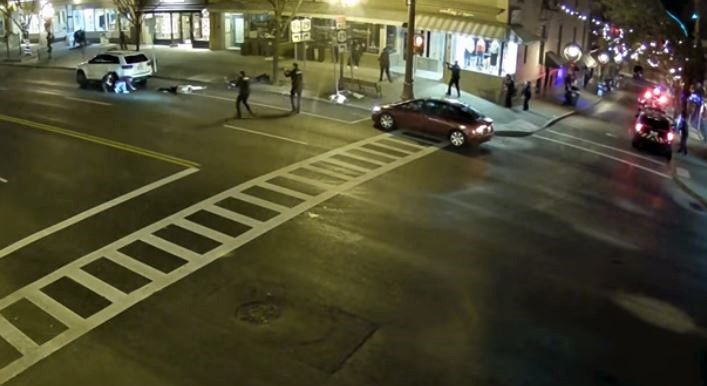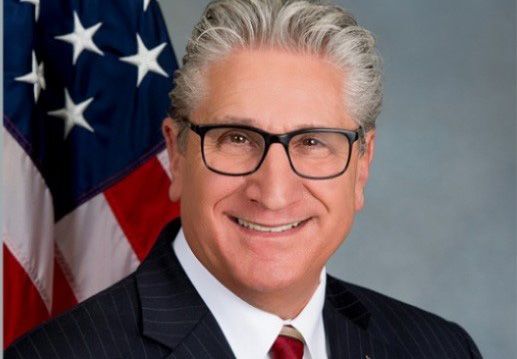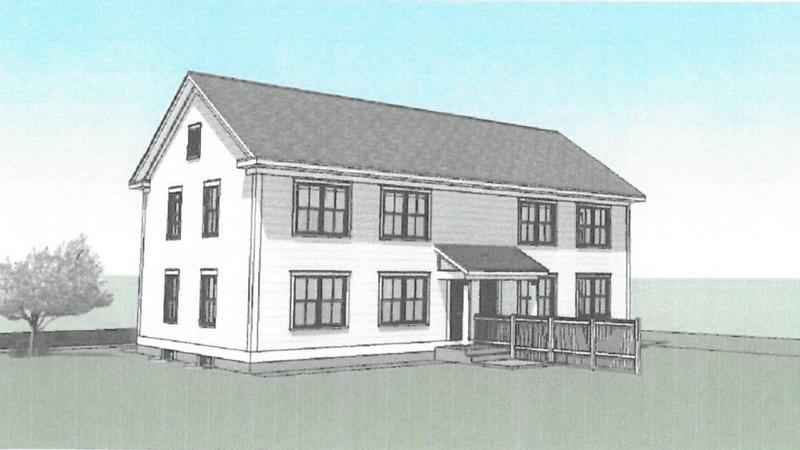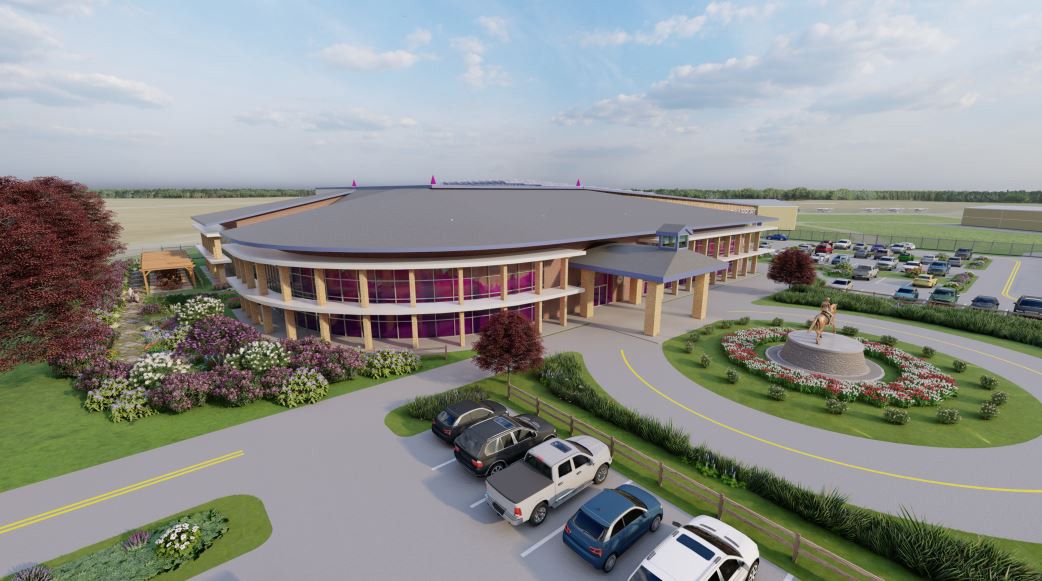200,000 Books: Lyrical Ballad Has A Lot of Stories To Tell

SARATOGA SPRINGS — Fifty-one years running and a collection of 200,000 books stand to greet those who who journey to Lyrical Ballad bookstore on Phila Street.
Here, what begins with the first step of an innocent stroll leads to a sequence of new encounters, one room into another, deep and deeper still. Innumerable entryways sink into a labyrinth of characters and events. Things to be learned. Dreams to be launched. It is everything the mind can conjure and a few it never before imagined.
Here is where Congressman Paul Tonko chose to visit this week during a multi-county regional tour to highlight and promote the upcoming Small Business Saturday events this weekend.
“I think of small businesses as the economic engine of our economy,” Tonko said.
“They have a vibrant offering and (provide) an opportunity for the community. Their economic impact is three times greater than that of our chain stores, so we have to be very sensitive to their needs and concerns,” said the congressman while standing framed by rows of leatherbound editions boasting the writings of Henry James, Gustave Flaubert, Balzac, Chekhov, and Thackeray.
“Many small businesses struggled through COVID, and so I also want to hear if they participated in any of the COVID programming, how that worked. We came through a once-in-a-century public health crisis and economic crisis, (which) caused a global inflation. We just want to make sure everybody is strong and steady as we move forward so that they can contribute to the whole economic picture.”
Small Business Saturday – Saturday, Nov. 26, 2022 – is promoted as a day to celebrate and support small businesses and all they do for their communities. It was initially created in 2010 by American Express on the Saturday after Thanksgiving to encourage people to Shop Small and bring more holiday shopping to small businesses. In 2011, the Senate unanimously passed a resolution in support of the day.
Lyrical Ballad bookstore was founded by John DeMarco in September 1971. He died in 2019 and two years later DeMarco’s wife Janice sold the bookshop to Charlie Israel and Jason Zerrillo – the latter of whom worked at the shop for more than decade.
“We bought the business because we love the business, and so we don’t want to change it too dramatically “ said Israel, who grew up across the street from Congress Park and remembers spending his allowance money at the shop when he was a kid.
“I don’t want to change this place. It’s part of what makes Saratoga special. You know, I talk to people who are in their 60s now who tell us they used to come here when they went to Skidmore,” he said.
“It’s been a part of the community for a long time and was an anchor when it took a little bit of vision to invest in downtown Saratoga. John (DeMarco) and a few other visionary business people took that on, and that brought Saratoga back from the brink, and I’m eternally grateful to him for that,” said Israel, adding that the notion of the electronic age displacing physical media such as books, has been exaggerated.
“The question hanging in the air is: how is the digital age affecting businesses such as ours? And the answer is: Not as much as you’d think,” Israel said. “We’ve been here 50 years we fully intend to be here for another 50.”
“I like the personalized impact that small business brings. You know, you walk in and you see Charles, or you see Jay – there’s a relationship that develops. And those relationships are important. It builds community,” said Tonko, who couldn’t see his way out of the bookshop without making a handful of purchases – a two-volume set about the Civil War and a book about horse racing, among them.
“We want to bring an awareness of the importance of small businesses and learn what we can do to further sustain them, and enable them to grow,” he said.








